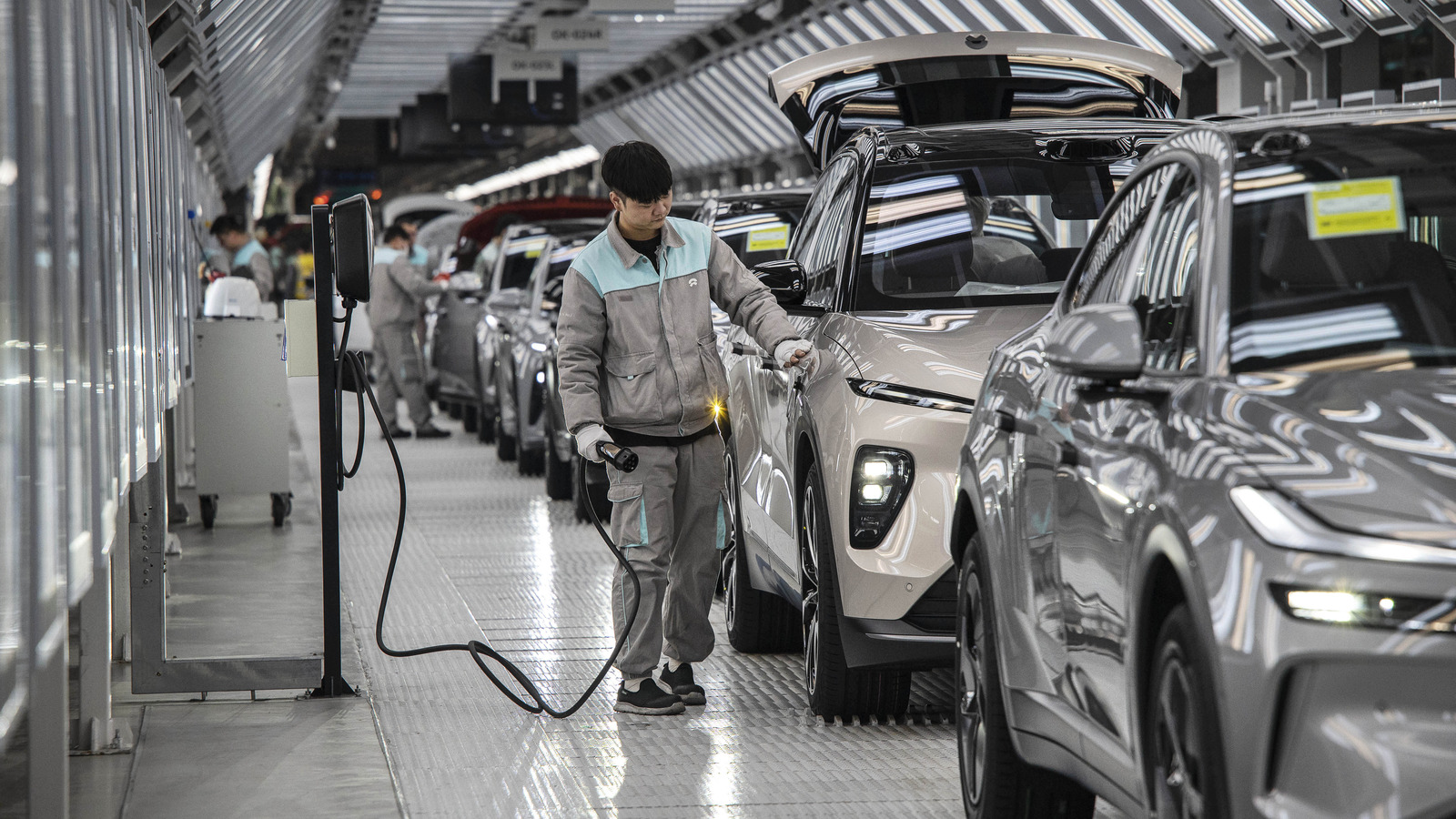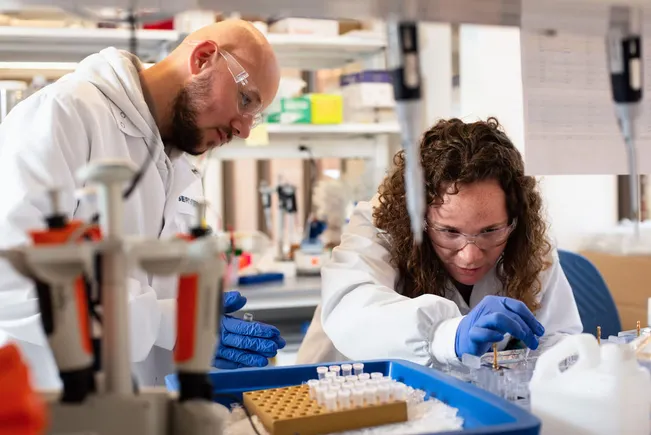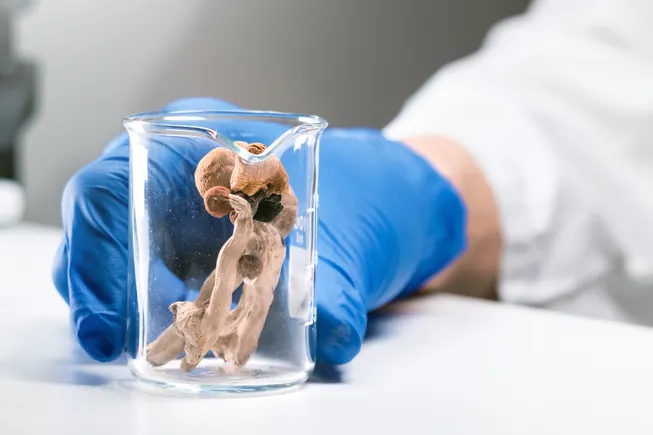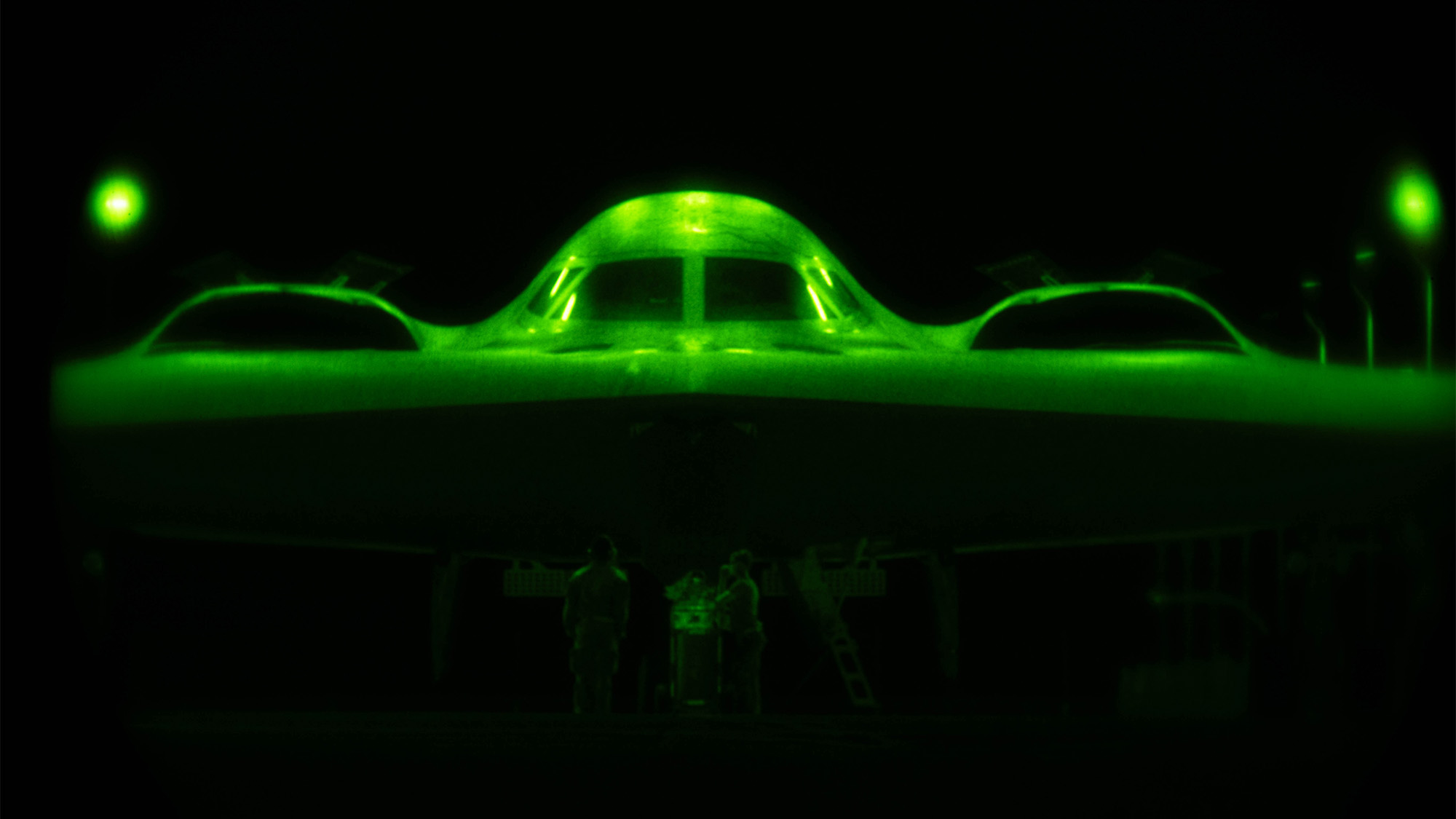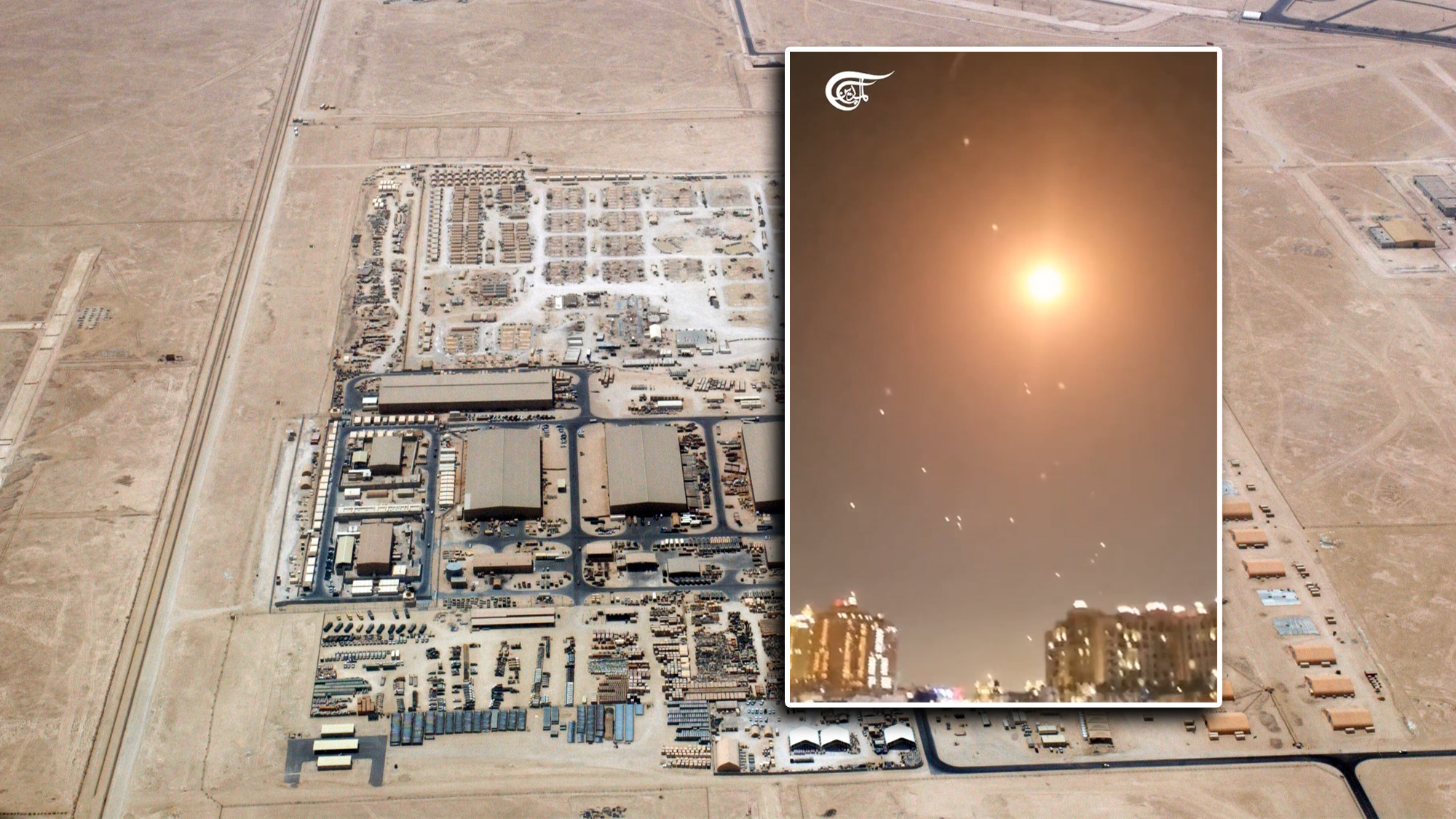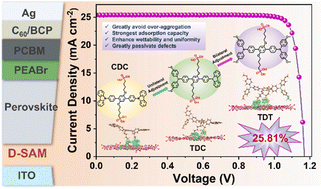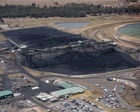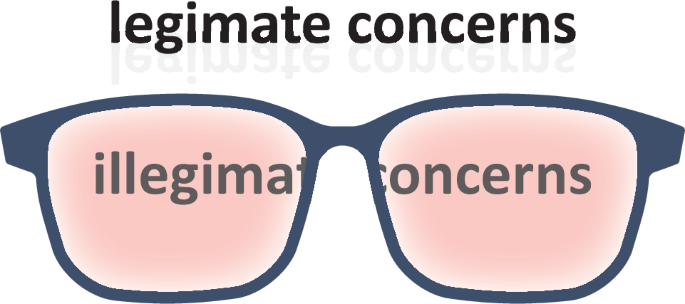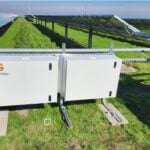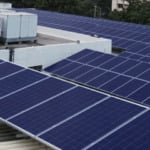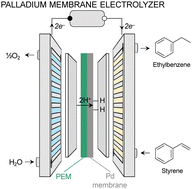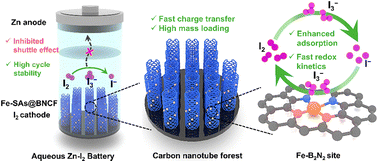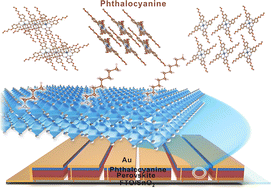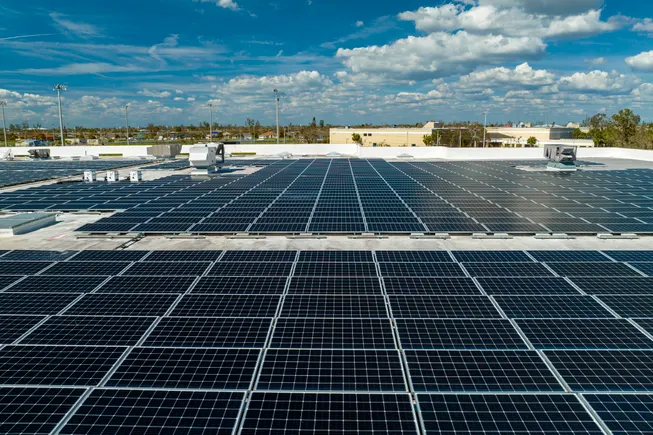Union of Perovskite and Silicon: Overcoming Electrical Losses for Surpassing Shockley–Queisser Limit
Advanced Energy Materials, EarlyView.

Perovskite/silicon tandem solar cells (TSCs) promise exceptional performance, yet electrical losses hinder reaching theoretical efficiency. This review systematically investigates the sources of electrical losses and offers a comprehensive analysis of recent advancements. Special focus is placed in perovskite/perovskite/silicon triple-junction TSCs. This review concludes by outlining future research directions, emphasizing the critical role in material design, interfacial engineering, and device architecture.
Abstract
Perovskite/silicon tandem solar cells (TSCs) have emerged as a highly promising technology for achieving exceptional power conversion efficiencies by leveraging the complementary light absorption properties of perovskite and silicon materials. However, electrical losses—originating from suboptimal perovskite film quality, pronounced nonradiative recombination at contact interfaces, and charge transport inefficiencies in interconnecting layers (ICLs)—remain significant obstacles to reaching theoretical efficiency limits. This review systematically investigates the primary sources of electrical losses in perovskite/silicon TSCs and offers a comprehensive analysis of recent advancements in mitigating these losses, including enhancements in perovskite film quality, reductions in interfacial recombination, and optimizations of ICL performance. Special focus is placed on strategies aimed at minimizing electrical losses in perovskite/perovskite/silicon triple-junction TSCs. The review concludes by outlining future research directions, emphasizing the critical role of ongoing innovation in material design, interfacial engineering, and device architecture to fully unlock the potential of perovskite/silicon TSCs.























